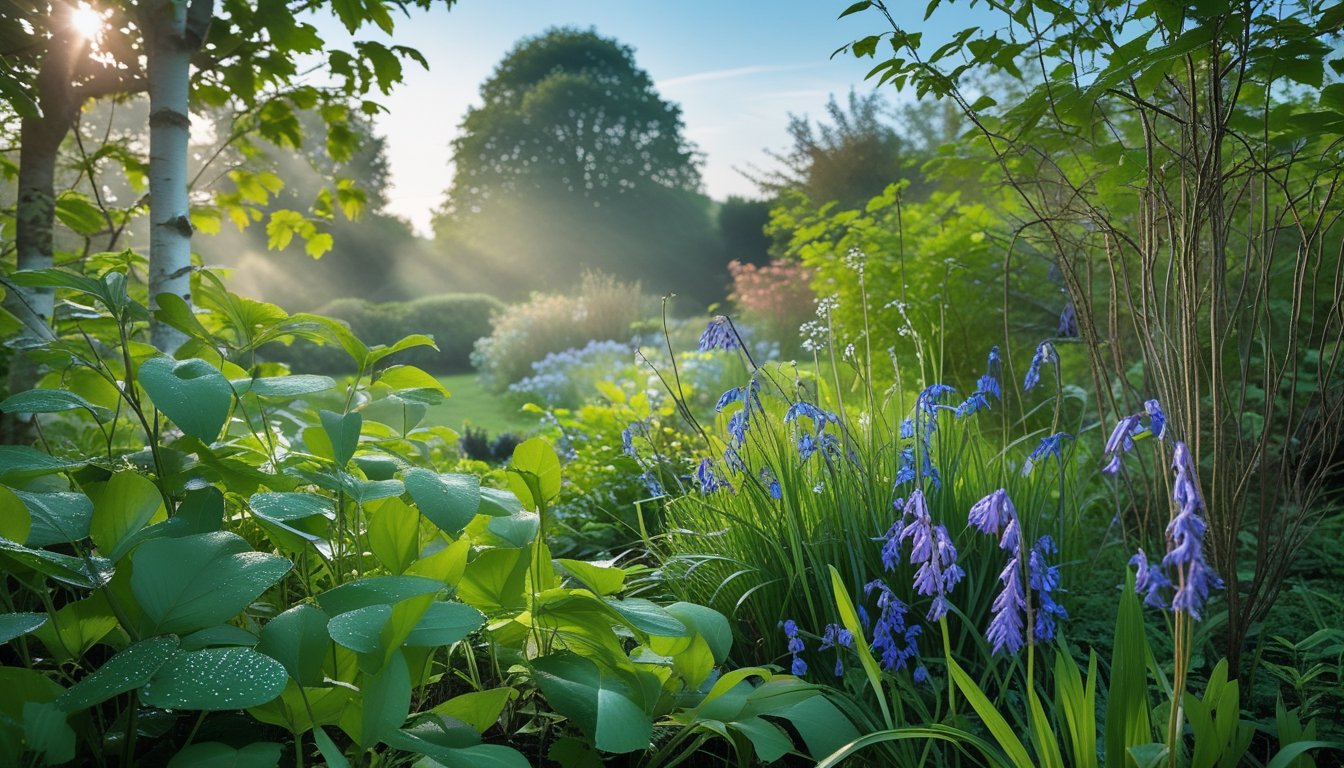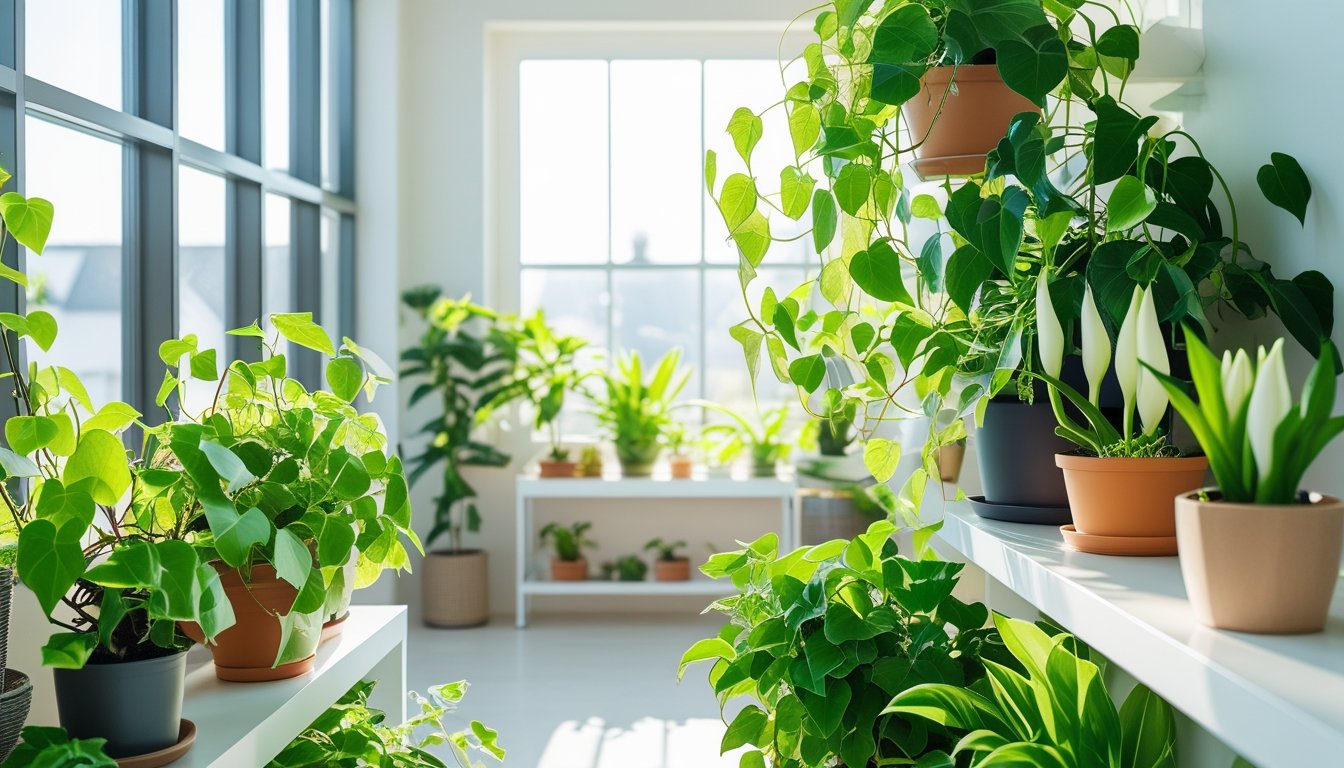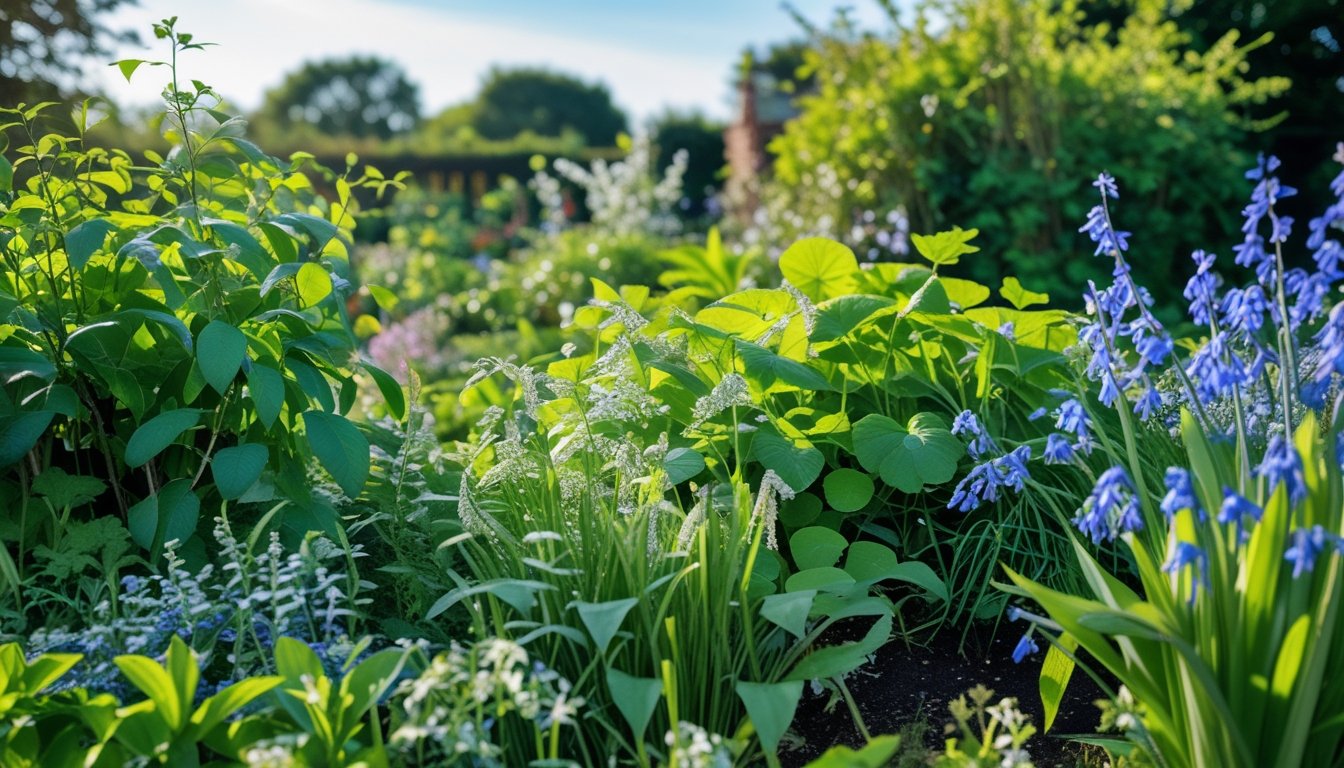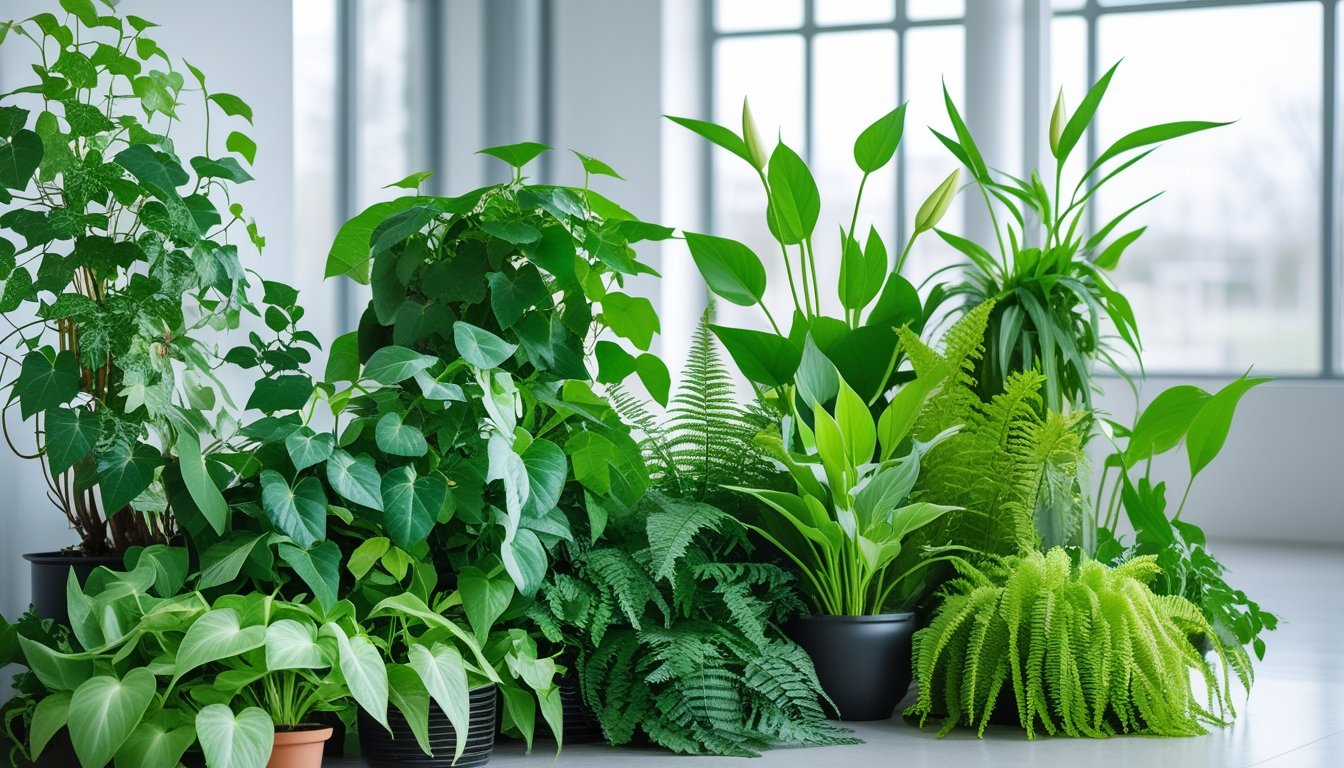Late updated: 12 Aug 2025 12:08
Written by: Emily Thornton
The Benefits Of Native UK Plants For Air Purification: Enhancing Indoor Air Quality
Native UK plants offer a unique and effective way to improve air quality, both indoors and outdoors. These plants, well adapted to the local climate and environment, play a critical role in filtering air pollutants and trapping dust. By integrating native flora into our living spaces, we can enhance air purification naturally and sustainably.

Their ability to purify the air not only improves our immediate environment but also brings significant benefits to human health. Native plants can effectively absorb toxins, releasing clean oxygen. Their presence supports biodiversity and contributes to a balanced ecosystem, reducing the need for chemical-based purifiers.
Bringing native UK plants into our homes or offices is more than just an aesthetic choice. It is a practical step towards creating healthier living spaces. This not only helps us breathe easier but also fosters an appreciation for our natural heritage.
Key Takeaways
- Native UK plants purify air by filtering pollutants and dust.
- They enhance health while supporting local ecosystems.
- Adding these to homes improves air quality sustainably.
How Native UK Plants Purify Indoor Air

Native UK plants offer a natural solution for cleansing indoor air. They operate through various mechanisms, playing a crucial role in removing pollutants and contaminants. Let's explore their unique capabilities in comparison to commonly imported houseplants like the snake plant and aloe vera.
Air Purification Mechanisms of Native Plants
Native UK plants, such as the common ivy and birch, utilise distinct mechanisms to purify the indoor atmosphere. Through a process known as phytoremediation, they absorb pollutants through their leaves and roots. This not only filters out harmful substances but also enhances humidity levels.
The waxy surfaces of certain plants act like sponges, trapping particles and volatile organic compounds (VOCs). Furthermore, these plants often develop symbiotic relationships with soil microbes, enhancing their ability to neutralise pollutants. As they photosynthesise, they release oxygen, refreshing the air around us. Through these multifaceted processes, they significantly contribute to cleaner, healthier indoor environments.
Role of Native Plants in Removing Indoor Pollutants
Indigenous plants excel at filtering specific indoor pollutants. For instance, they are effective in removing formaldehyde, benzene, and other VOCs that are commonly found in household products. Formaldehyde often emanates from adhesives and paints, while benzene can be present in detergents and synthetic fabrics.
These plants not only absorb chemical toxins but also capture airborne dust and mould spores. This dual capability helps reduce allergy symptoms for occupants. By integrating native species into our living spaces, we benefit from their natural air-scrubbing abilities, lessening the need for artificial air purifiers, while adding a touch of the natural world indoors.
Comparing Native UK Plants to Common Imported Houseplants
While imported houseplants like the snake plant and aloe vera are popular for their air-purifying attributes, native UK plants present unique advantages. The snake plant, with its ability to convert CO2 to oxygen at night, and aloe vera's efficiency in absorbing formaldehyde, are commendable.
However, native UK plants are typically more adaptable to the local environment, requiring minimal maintenance and better acclimatising to indoor conditions. This intrinsic advantage makes them a sustainable choice. They provide similar air purification benefits as their imported counterparts while supporting local biodiversity conservation efforts. The natural integration of these species into our homes fosters a connection with the environment.
Best Native UK Plants for Effective Air Quality Improvement

Native UK plants are essential for improving air quality, offering significant capabilities in filtering pollutants and trapping dust. By selecting suitable species, we maximise the air purification benefits right at home. This section covers top native plants for residential use, care tips for maximising purification, and strategic placement for air cleaning.
Top Recommended Native Species for Homes
Oak and Birch Trees: These hardy species are excellent at trapping dust and absorbing pollutants, making them top choices for outdoor planting.
Holly and Hawthorn: Smaller and more suited for gardens, these offer year-round filtering capabilities.
Elderberry Bushes: Besides their air-cleaning attributes, they provide seasonal interest and support biodiversity with their berries attracting birds.
English Ivy: Ideal for indoors, as it efficiently removes toxins from the air and thrives in typical home environments.
Snake Plant: Though not native, it is popular in many UK homes for its ability to filter formaldehyde, effective in a variety of settings.
Plant Care Tips to Maximise Air Purification
Proper care ensures native plants deliver their full air purifying potentials. Regular watering and fertilising of outdoor tree species like oak and birch maintain their growth and health.
Pruning is crucial for both holly and hawthorn, promoting air circulation and preventing disease.
For elderberry, it's important to monitor pest levels, as aphids can affect their growth and purification ability. Planting in a slightly shady to sunny spot is ideal for their development.
Indoor plants like English ivy and the snake plant should be dusted regularly and kept in bright, indirect light to optimise their air-cleaning roles.
Placement Strategies for Optimal Air Cleaning
Strategic placement enhances the effectiveness of these plants. Oak and birch trees should be planted where pollution levels are highest, such as near busy roads or industrial areas.
Holly and hawthorn, with their compact size, can line walkways or garden borders to trap particulates effectively.
For elderberry bushes, positioning near open windows can help refresh indoor air currents.
Indoor plants like English ivy work best when placed in living areas, while a snake plant thrives in low-light corners, maintaining air quality even with limited light.
Proper placement combined with care maximises the air quality improvements provided by these native plants.
Frequently Asked Questions

Native UK plants not only enhance the environment but also offer unique benefits for air purification. They are effective in removing pollutants from both indoor and outdoor settings, offering advantages over exotic species. Here's how they contribute significantly to air quality improvement.
What native UK plants have been proven to improve indoor air quality?
Native plants such as English ivy, spider plant, and peace lily have shown efficacy in cleaning indoor air. These plants can absorb common pollutants like formaldehyde and benzene, enhancing our indoor environmental quality.
Which indigenous plants can effectively remove pollutants from urban environments in the UK?
Hawthorn, birch, and rowan are notable for their ability to thrive in urban settings. They effectively absorb pollutants, contributing to improved urban air quality. Their adaptability to local conditions makes them particularly suitable for cities.
How do native UK plants contribute to reducing indoor air pollutants?
These plants work by absorbing volatile organic compounds (VOCs) and other pollutants through their leaves. They can also metabolise these chemicals, reducing their presence indoors. This natural filtration process enhances air quality in our homes and offices.
Why should we choose native plants over exotic species for purifying the air in our homes?
Native plants are better adapted to local climates, requiring less maintenance. They thrive without excessive use of water or chemicals, making them more sustainable choices for air purification. By selecting native species, we support local ecosystems and promote biodiversity.
Can incorporating native UK flora in urban landscaping enhance air quality in cities?
Yes, planting native species in urban landscapes can significantly improve air quality. Their robust nature allows them to survive and filter pollutants effectively, providing clean air benefits to urban dwellers. This approach also supports urban biodiversity.
What role do the roots and soil associated with native UK plants play in air purification?
The roots and associated soil microbes play a crucial role in breaking down pollutants. They convert harmful substances into less toxic compounds, enhancing air purification. This symbiotic relationship improves soil health while also contributing to cleaner air.
